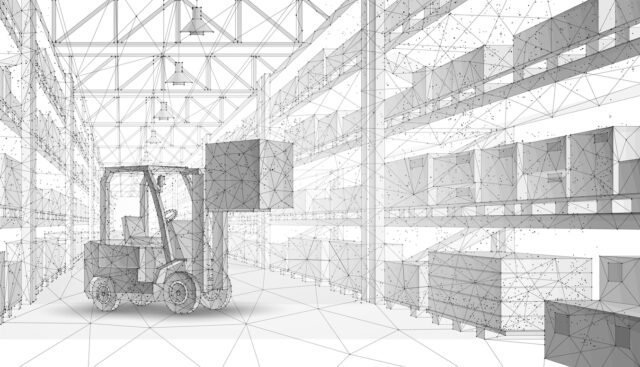Whenever the global supply chain sector appears to have weathered the latest headwind, another one starts blowing. From shipping disruptions in Panama and the Red Sea to unpredictable consumer behaviour and extreme weather events, supply chains are increasingly under threat.
Far from being an unlucky string of coincidences, the disruptions affecting supply chains today are largely part of larger trends—none of which are harbingers of a more forgiving supply chain outlook in the years ahead. Geopolitical tensions, stoked by economic downturns and growing dissatisfaction with the conditions of modern capitalism are increasing.
Countries and populations in the more vulnerable Global South are alrady feeling the effects of the climate crisis, often with lethal consequences. In the years to come, drought, crop failure, biodiversity collapse, and growing food insecurity threaten to place supply chains under even greater pressure. This is not to mention the increasing scrutiny supply chain operators will face as environmental regulations tighten.
Throughout 2024 and beyond, the supply chains that survive and potentially even thrive will be the ones that can adapt to disruption with agility, turning catastrophe into opportunity as challenges facing them mount.
A new kind of digital transformation
Increasingly digital transformation is the tool being used by supply chain leaders, not just to gain competitive advantage, but to survive in an increasingly hostile world. Additionally, the nature of these digital solutions is shifting, from specialised, standalone systems towards integrated end-to-end solutions.
Diego Pantoja-Navajas, Vice President of New Products at AWS Business Applications observes that “traditional approaches, once the backbone of supply chain management, are now giving way to more integrated and technologically advanced solutions.”
He notes that this shift is “not just a trend but a necessary evolution” now that supply chain leaders face the growing pain points of climate change, geopolitical dynamics, macroeconomic issues, and changing customer behaviour.
What is a digital supply chain?
Digital supply chains represent sets of processes supported by advanced digital technologies like artificial intelligence (AI) and data analytics. These processes, in conjunction with digital tools help businesses make smarter sourcing decisions, predict demand, manage logistics, and handle the relationships between each step in the chain.
Organisationally, traditional supply chains are linear, moving raw materials from one step to another until it reaches the end user or consumer. By contrast, it’s easier to visualise digital supply chains as networks. Unlike traditional supply chains, which are plagued by visibility issues, digital supply chains make it easier to obtain real-time visibility into the performance of each step along the chain.
Digital supply chains increase agility and resistance to disruption
Digital supply chains, enabled by new technologies like generative AI, will allow for much greater visibility into supply chain operations. Not only this, Pantoja-Navajas explains, but it will facilitate the “simulation of supply chain scenarios that illustrate the impact of different supply chain decisions.”
If “environmental, economic, and geopolitical issues, instability can happen at any time and anywhere” then the ability to move with greater speed and agility is critical. Pantoja-Navajas adds: “organisations that utilise a digital supply chain are more likely to increase their resiliency against these disruptions – regardless of when they occur.” Generative AI’s ability to run “hundreds of thousands” of scenarios will make digitally testing supply chains for risk-exposure a much more productive activity.
He concludes that “organisations can use the digital supply chain to make the right decision and then use the physical supply chain to act on that knowledge with speed and certainty.”
- AI in Supply Chain
- Digital Supply Chain










